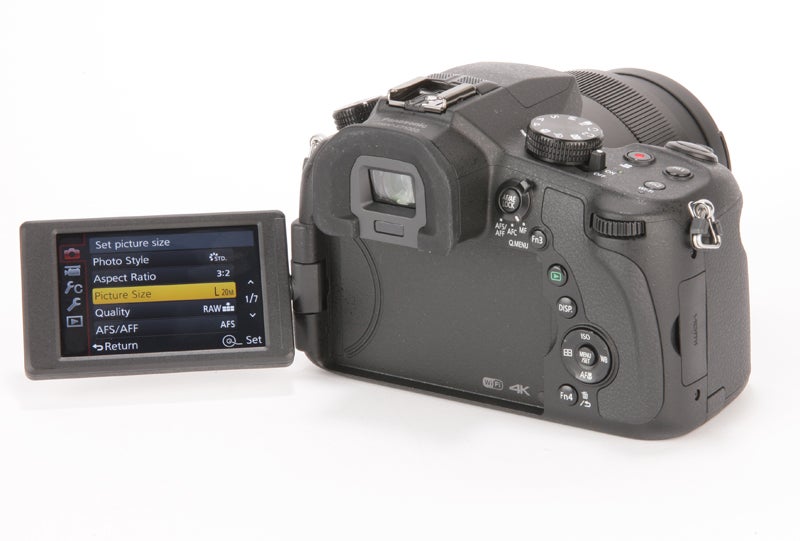Panasonic Lumix FZ1000 Review - Packing a 20.1-million-pixel 1in CMOS sensor and 4K-video recording, the Panasonic Lumix FZ1000 pushes the bridge camera class in a new direction
Panasonic Lumix FZ1000 Review
Panasonic Lumix FZ1000 Review – Performance
The FZ1000 uses Panasonic’s depth from defocusing contrast detection method and focuses reasonably fast in available light and very fast in bright light, consistently finding the right subject and areas when left to decide using its 49-area AF.
I found this to hold true as I moved throughout its impressive zoom range. During testing, which involved a wide range of conditions and subjects, I can’t recall an occasion that I was unable to get the shot because of focusing speed or accuracy which is particularly encouraging.
There are a number of AF options available, including selective single-area, the same custom multi-area featured in the GH4, precision pinpoint AF, position tracking and face detect.
All options worked as intended, but I particularly like the custom multi-area option which allows you to set and save three custom AF-area configurations, as well as choose vertical or horizontal lines. Set in macro mode, it’s possible to shoot fine subjects with a focusing distance as little as 3cm, which is fantastic for shooting insects and floral details for example.

LCD and Viewfinder
You will notice the outstanding quality of the FZ1000’s 2.36 million-dot OLED viewfinder instantly, it’s the same unit featured in the company’s latest flagship camera, the GH4. Images appear detailed and bright and thanks to features such as manual focus magnification, focus peaking and exposure preview, it’s extremely useful for composing my shots and provides a 100% field of view.
The eyecup is rubberised and thick and I found it comfortable to use for long periods of time. If I didn’t need to use the LCD for the purposes of writing this review I would have used the EVF exclusively. It’s simply fantastic.
That all being said, the FZ1000’s 3in TFT-LCD isn’t poor by any means, featuring a 921,000-dot screen, the screen can be fully articulated and was most useful for shooting video and subjects at extreme angles.

Touchscreen missing
As mentioned above, there’s no touchscreen functionality which is my only real gripe with it. The screen is clearly visible in most lighting conditions, although on particularly sunny days, colour and contrast were harder to assess accurately.
There are also some external viewing and composing options as the FZ1000 features remote operation via Wi-Fi connection and also features a “clean” HDMI output which will please those keen on shooting video.
Having a clean HDMI output will allow external recording and streaming of both interlaced and progressive full HD footage, as well as display your high-quality images on a full HD or 4K display. I haven’t yet had a chance to test the possibility of recording 4K footage externally. However we will look into this further when possible.




